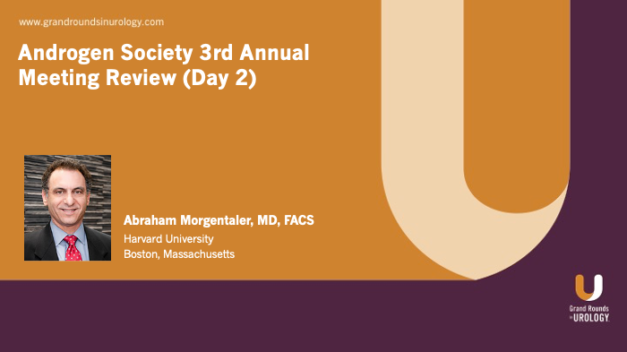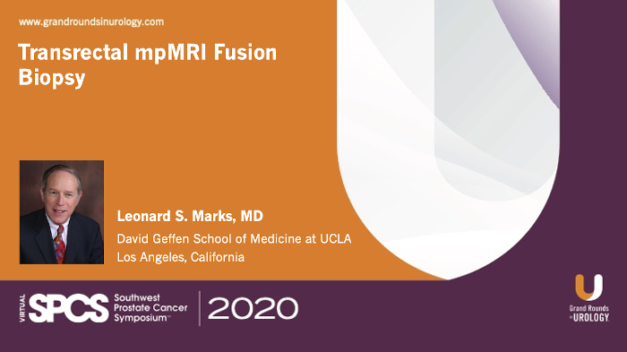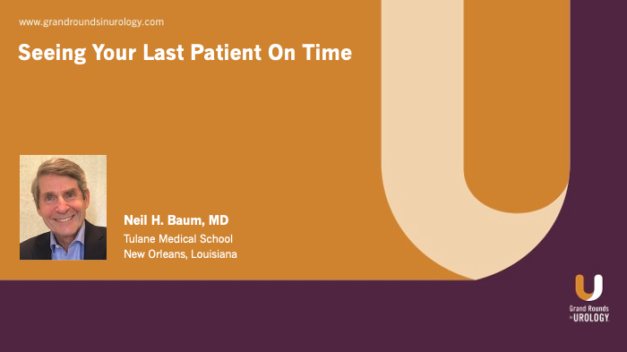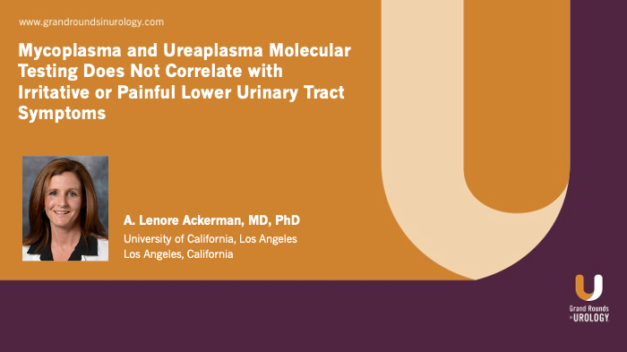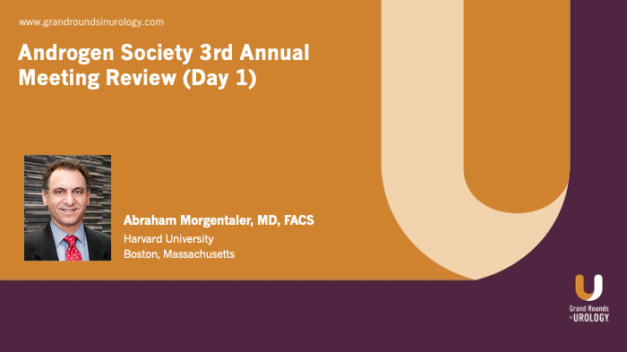Androgen Society 3rd Annual Meeting Review (Day 2)
Abraham Morgentaler, MD, FACS, Associate Clinical Professor of Urologic Surgery at Harvard University, reviews the second day of the 3rd annual meeting of the Androgen Society, an international organization consisting of healthcare professionals interested in testosterone deficiency and its treatment. The day began with presentations on testosterone therapy and type 2 diabetes by Gary Wittert, MD, Hugh Jones, MD, and Farid Saad, MD. These presenters suggested that testosterone could lead to remission of diabetes mellitus, potentially prevent diabetes, and improve glycemic control. They were followed by a presentation on testosterone, anemia, and hematocrit by Sudarshan Ramachandran, PhD, one on COVID-19 and testosterone by Mary Samplaski, MD, and a panel discussion on testosterone’s impact on prostate cancer. Mohit Khera, MD, presented on the possibility of testosterone therapy performing a protective and/or therapeutic role against prostate cancer. Sharon Parish, MD, and Leah Millheiser, MD, presented on testosterone therapy for women and how it benefits sexual function. The day concluded with a presentation by Daniel Kelly, MD, on the complex, context-dependent relationship between testosterone and atherosclerosis.
Read More
